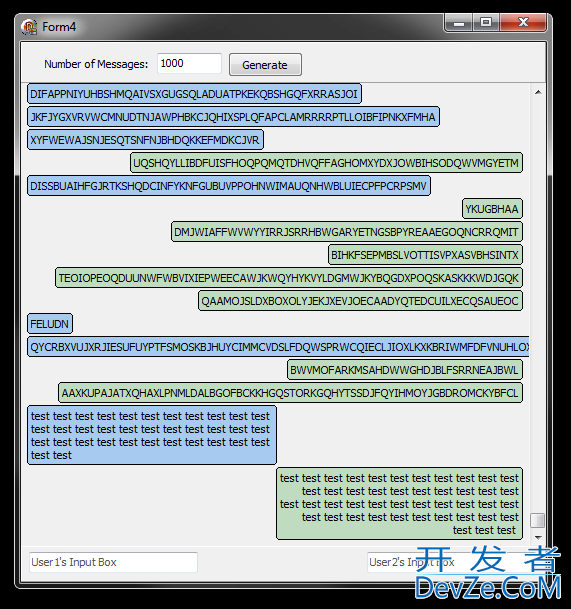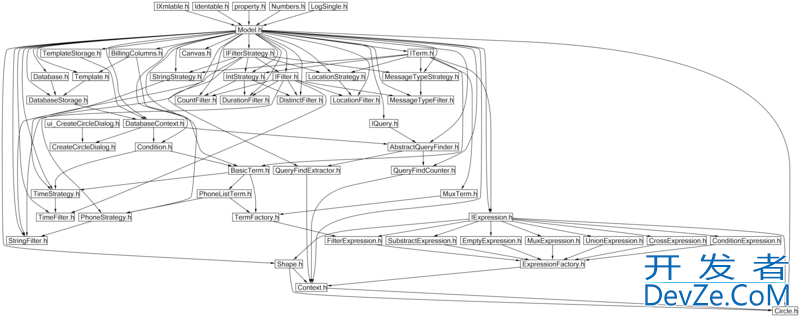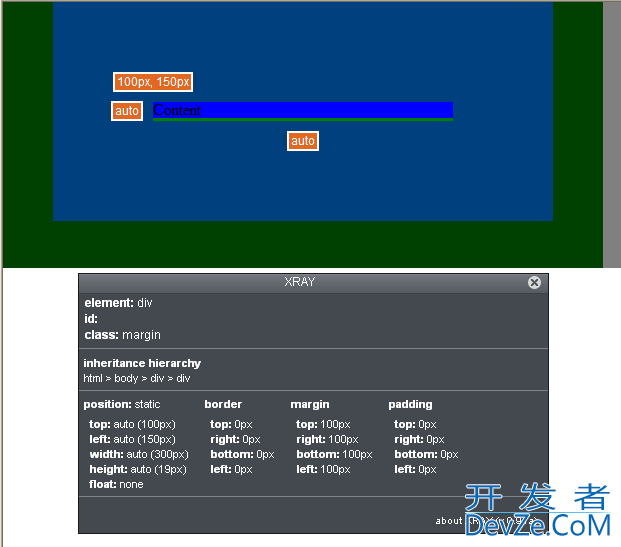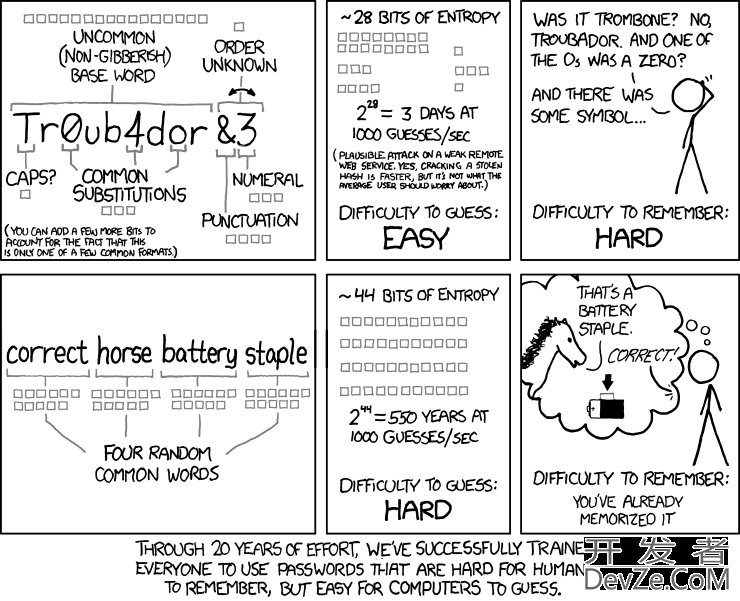I have an audio recording application for Windows Phone. It consists of a pivot control with two pivot items. One is for reco开发者_C百科rding control, and another one is for reviewing and listening the recorded items.
When the recording is taking place, I need the way to prevent the user from navigating away from the current pivot item, but to retain the feel that an entire pivot item moves, but doesn't flip to the next item, as if there is none.
I know I could use GestureListener from Silverlight Toolkit, but using it I will need to implement a simulation of pivot movement myself.
Is there a build-in way to prevent pivot navigation?
If no, can you point me to an example on how I can animate control movement on gesture flipping?
Is it mandatory that the user has to remain on the one PivotItem?. If not, you could just disable the second PivotItem so that the user knows that it's there, but can't actually interact with it.
secondPivotItem.IsEnabled = false;
Alternatively, you could dynamically insert the second PivotItem when you want it and remove it when you don't. For example, when recording:
mainPivot.Items.Remove(secondPivotItem);
then when you want the second PivotItem to appear:
mainPivot.Items.Add(secondPivotItem);
The only "problem" with this is that when you only have one PivotItem on screen, the user can't scroll. However, this is how a Pivot control is supposed to function.
If you really want the user to scroll back to itself, you could create a blank PivotItem (with no header). Then, handle the Pivot's LoadingPivotItem event. Check if the item that it about to be loaded is the blank one. If so, then use Pivot.SelectedItem = recordingPivotItem to navigate back to the recording PivotItem. You can then use the above method to dynamically add the second PivotItem when the recording is over. This isn't the normal UX for pivots, but should do what you're trying to achieve.
Seems to me that the best solution is making the pivot control invisible to hit test altogether. I simply set PivotMain.IsHitTestVisible = false and set it back to true whenever I am done recording.
There is a good attached property approach on how to make a particular element hit test visible, while casting an entire panorama or pivot item hit test invisible: Here is the link to a blog post of an author with the source code: http://blogs.msdn.com/b/luc/archive/2010/11/22/preventing-the-pivot-or-panorama-controls-from-scrolling.aspx
Works for me until the dynamic loading and removing of the pivot items with textblock header will be added to the SDK's pivot control.
The down side of locking a person into a pivotitem or disabling one so that a person cannot navigate is that you are going to frustrate the user. PivotItems are meant to be flicked to and from, and writing an app that has behavior different than this is going to take away from the user experience, because the app is not going to behave the way they expect it to.
Personally, if you are going to lock them into one pivot item, I think you should go ahead and create another page without a Pivot control and navigate to it. Also, whether you choose to do it this way or not, you need to keep in mind that regardless of whether they are locked into a certain pivotitem or they are navigated to another page, the back button must work as expected, or the app won't pass certification.





![Interactive visualization of a graph in python [closed]](https://www.devze.com/res/2023/04-10/09/92d32fe8c0d22fb96bd6f6e8b7d1f457.gif)



 加载中,请稍侯......
加载中,请稍侯......
精彩评论